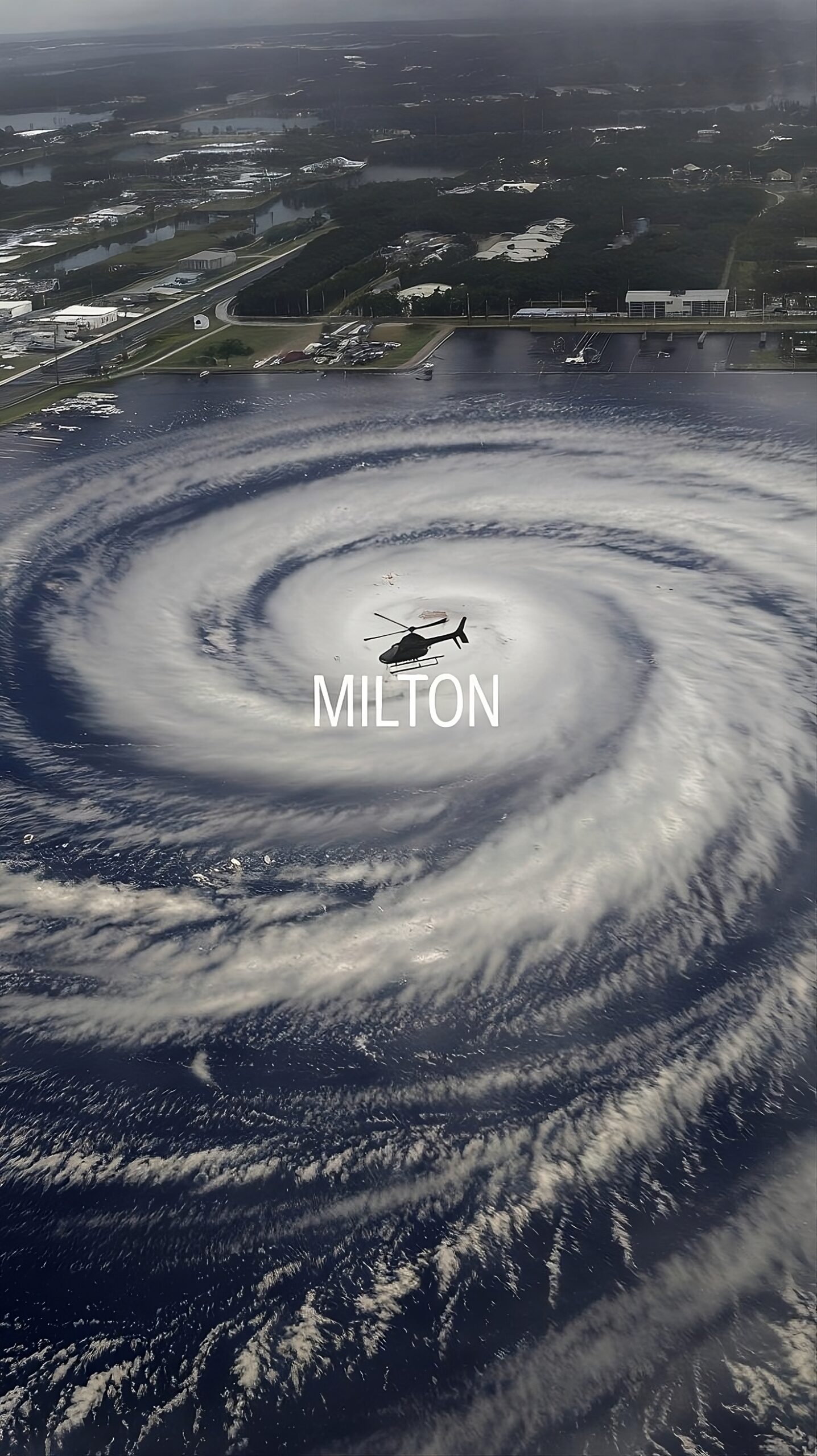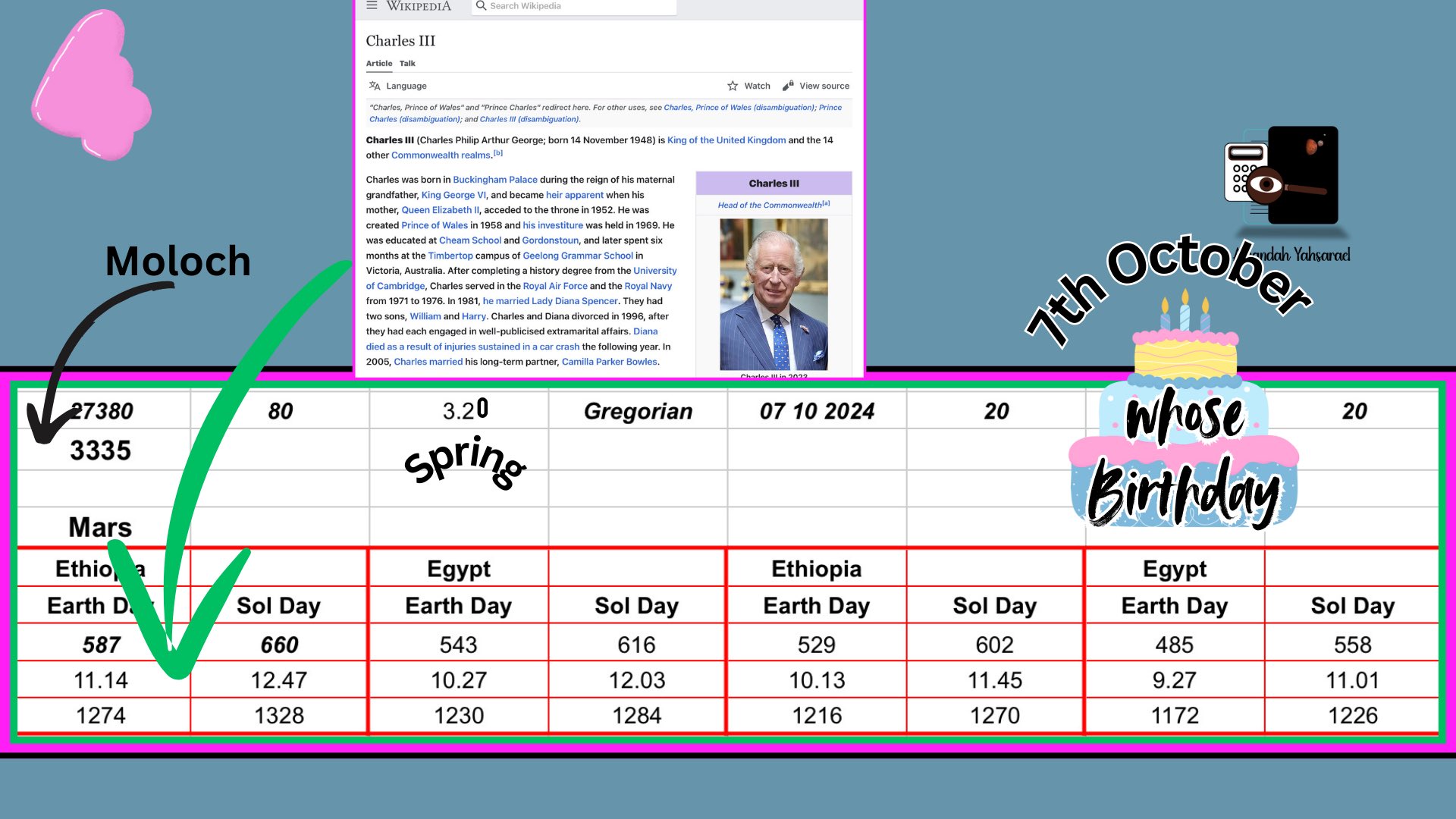|
Getting your Trinity Audio player ready…
|
In ancient times, Baal was a powerful figure revered across the Near East for his control over nature and weather, particularly as a storm and fertility god. His influence was crucial for the agricultural societies of the region, whose survival depended on unpredictable forces like rain, wind, and storms. Though millennia have passed since Baal was worshipped, remnants of his legacy continue to echo through history, even in unexpected places like Trafalgar Square in London. This iconic landmark, a hub of British history and culture, is indirectly tied to Baal through a significant event in 1091 and an unveiling in 2016 that brought the ancient god back into public consciousness.

Baal and the Forces of Weather
In ancient Canaanite religion, Baal—meaning “lord” or “master”—was revered as the god of storms, rain, and fertility. His dominion over weather made him one of the most essential deities, as agricultural success depended on his favor. He was believed to control thunder, lightning, rain, and wind, the very forces that could bring life to the earth or wreak havoc through destructive storms.
Baal was often depicted holding a thunderbolt, symbolizing his ability to unleash violent weather. The rains he controlled were essential for the survival of crops and livestock, making him a fertility god, while his control of storms also meant he could bring destruction. His duality as a creator and destroyer made him a complex figure in the ancient world. When Baal blessed the people with rain, their fields thrived. But when he withheld his favor or was defeated in myths—such as in his battles with Mot, the god of death—drought and famine ensued.
The Great Tornado of 1091: A Weather Event Linked to Baal
Though Baal’s direct worship faded long ago, his association with extreme weather persists in historical memory. One of the most significant weather events in London’s early history, which took place in 1091, shares a symbolic link with the ancient storm god. In that year, London was struck by a tornado, one of the earliest recorded in British history. This powerful tornado tore through the city, destroying 600 houses and heavily damaging London Bridge. While Baal was not directly invoked in this event, it is fascinating to think that a figure once believed to control such forces could be symbolically connected to the storms that have shaped London’s history.
Today, Trafalgar Square stands as one of London’s most prominent landmarks. While it wasn’t established until the 19th century, the city’s history of extreme weather, like the 1091 tornado, adds to the layered significance of the location. It’s as if the ancient forces Baal once controlled continue to make their mark on key moments in the city’s timeline.
The Arch of Baal and Trafalgar Square
Fast forward to April 19, 2016, when the ancient storm god once again found a place of prominence in modern times. On this day, the Arch of Baal (also known as the Arch of Palmyra) was unveiled in Trafalgar Square by then-Mayor of London, Boris Johnson. This arch was a replica of the original, which stood in the ancient Syrian city of Palmyra before being destroyed by ISIS in 2015. The replica was created as part of an effort to preserve cultural heritage, particularly that of ancient civilizations like the ones that worshipped Baal.
Palmyra, an ancient city that was a center of trade and culture, had strong religious ties to Baal. The original Temple of Bel (Baal) in Palmyra was one of the most important religious sites dedicated to the god. The unveiling of the arch in London—on a date that coincided with key rituals related to Baal in ancient times—was symbolic, connecting modern London with the ancient world. For many, it served as a poignant reminder of the enduring impact of ancient gods like Baal on world history and culture.
Boris Johnson, while presiding over the unveiling, hailed it as a tribute to resilience in the face of cultural destruction, signaling that ancient artifacts like the Arch of Baal still have relevance in today’s world. However, the event sparked discussion among historians, religious scholars, and the public due to the ancient arch’s associations with Baal and its unveiling on April 19, a date that, in some traditions, was linked to Baal worship.
The Duality of Baal: Creator and Destroyer
The weather-related legacy of Baal, combined with his representation through the Arch of Baal, shows the duality of his character. In ancient times, Baal was responsible for bringing rain and fertility, but he could also unleash destructive storms. This duality was reflected in the 1091 tornado that devastated London and in the symbolic power of the arch unveiled in Trafalgar Square—representing both destruction and the attempt to rebuild after tragedy.
In both ancient and modern times, Baal’s influence, directly or indirectly, touches upon the chaos and order present in nature. His storms could either nourish or destroy, much like the city of London, which has witnessed both the ravages of nature and human conflict but continues to stand as a beacon of resilience.
Baal’s Enduring Influence
The story of Baal, the god of storms, remains relevant today. From his mythical control over the forces of nature to his symbolic return through the Arch of Baal in Trafalgar Square, his presence still resonates. The 1091 tornado is a reminder of nature’s unpredictable power, a force that ancient peoples might have attributed to Baal. And the arch’s unveiling in 2016 reintroduced Baal into the public eye, sparking reflection on the ways in which the ancient world continues to shape our understanding of modern events.

The story of Baal, the god of storms, remains relevant today. From his mythical control over the forces of nature to his symbolic return through the Arch of Baal in Trafalgar Square, his presence still resonates. The 1091 tornado is a reminder of nature’s unpredictable power, a force that ancient peoples might have attributed to Baal. And the arch’s unveiling in 2016 reintroduced Baal into the public eye, sparking reflection on the ways in which the ancient world continues to shape our understanding of modern events.



